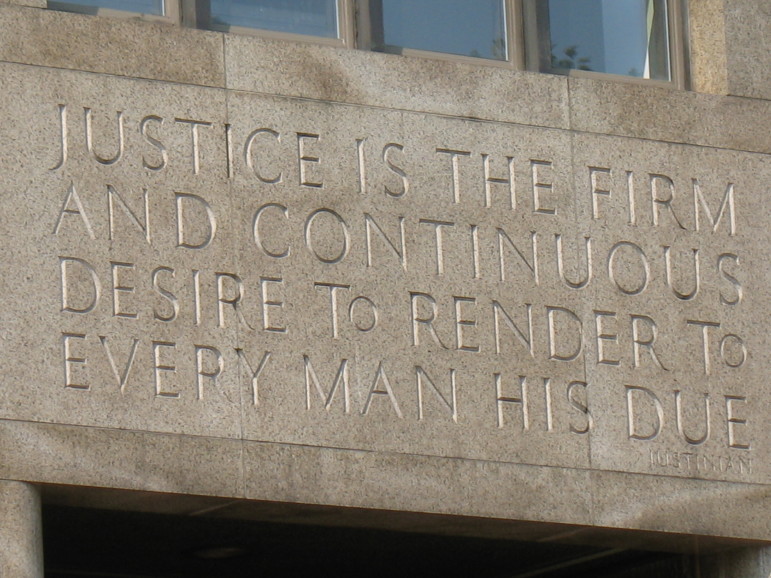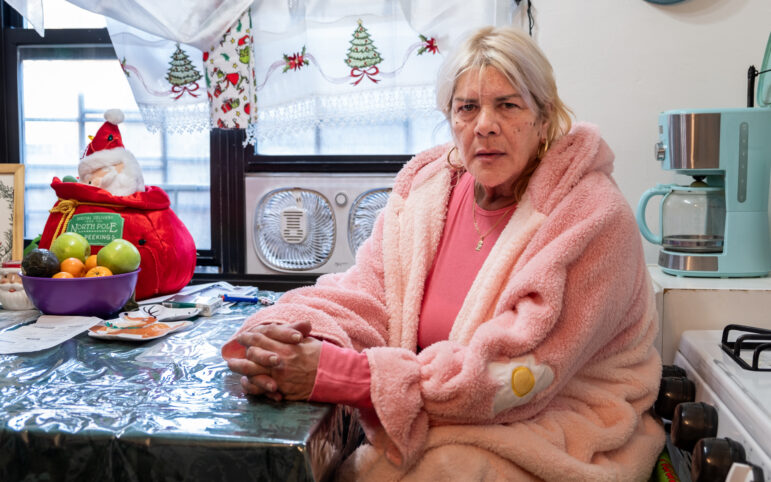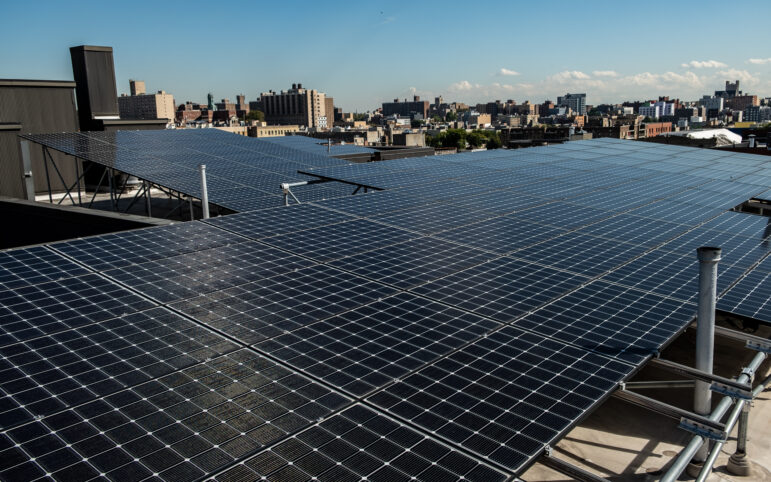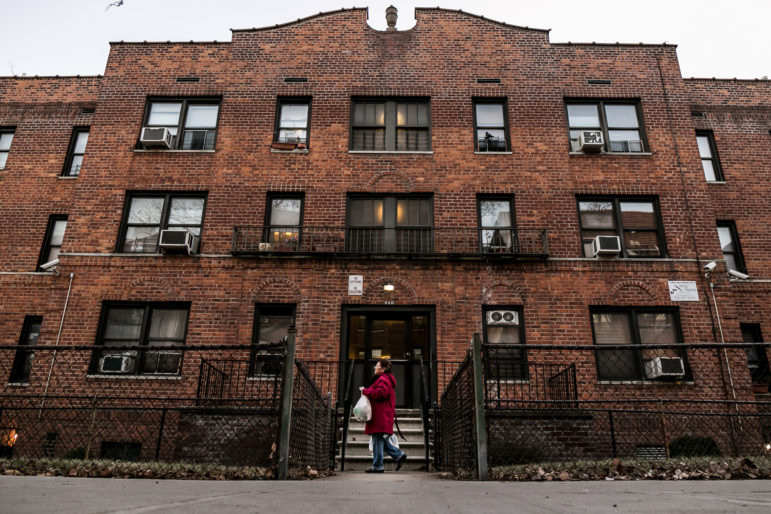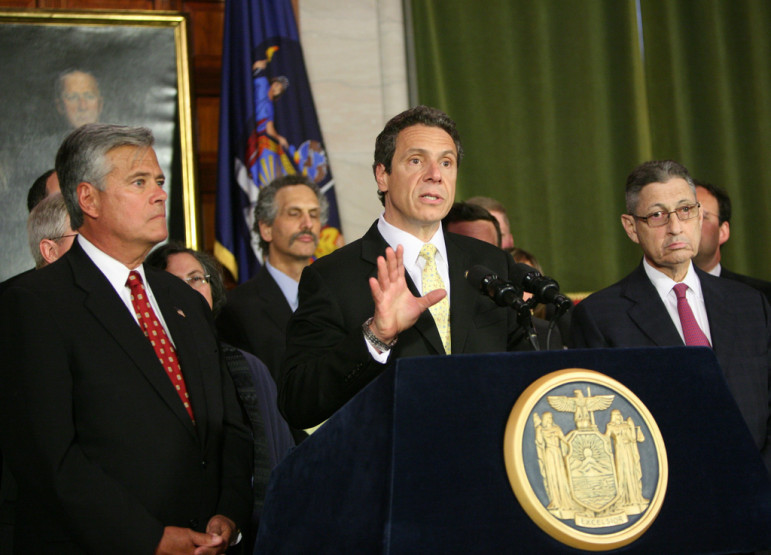
Office of the Governor
Gov. Cuomo is under pressure to increase state funding for a new round of supportive housing.
Dear editor:
Thank you for your thoughtful article “After the Shouting Do Homeless Shelters Harm Neighborhoods?” which took the time to investigate the real impact that well-run shelters and supportive housing have on neighborhoods.
While the article took pains to distinguish between shelters and supportive housing – that one is meant to be temporary shelter and the other is permanent housing in which tenants pay rent and have rent-stabilized leases, there were some other important differences not discussed, most notably about siting. When nonprofit organizations seek to develop supportive housing they must engage with community stakeholders – not infrequently a painful process that City Limits addressed in “After the Shouting” as well as earlier coverage.
The other clarification we’d like to make concerns the Denver study cited: The Impacts of Supportive Housing on Neighborhoods and Neighbors. Sadly, this is a 1999 study that looked at the impact of a number of different types of facilities had on property values and safety, none of which was permanent supportive housing. Supportive housing advocates have been trying to clarify this issue with both HUD and the Urban Institute for a number of years, so far to no avail.
The distinction between shelters and supportive housing is extremely relevant just now because there is a huge need for more supportive housing to address the crushing homelessness problem in New York City. And widespread understanding of what it is, and isn’t, is crucial. The mayor and governor are currently putting forward plans for a new NY/NY Agreement committing both the City and State to pay for a significant amount of supportive housing going forward. The governor’s first suggestion was for a pact to develop 5,000 apartments statewide; The Campaign 4 NY NY is calling for 30,000 units to meet the demand.
Whatever the final number, communities need to understand what supportive housing is and experience teaches that the single best way to understand supportive housing is to tour it. We invite you to call our organization (our Albany or NYC office) and ask for a tour of a residence near you. Once you have been to a building, seen an apartment and met the nonprofit in charge, you will never confuse it with anything other than a beautiful addition to the community that helps solve homelessness.


